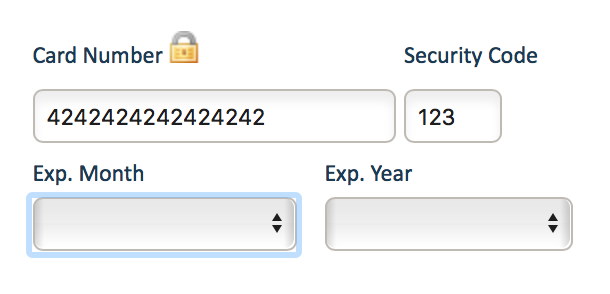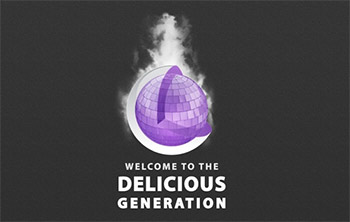Every computer-savvy keyboarder has run into this problem before: you’re typing your merry way through a credit card payment form, pounding out your address and credit card numbers, tabbing between the fields so you don’t waste time mucking around with the mouse, when you come across the dreaded expiry date fields:
You groan. You know what’s coming next. Your card expires in April of 2019. Are they expecting you to type ‘A’ for “April” or to key in “04”? Or maybe it’s just ‘4’? Murphy’s law guarantees that whatever sequence you try typing these options in, it’ll be the last one you try. You sigh. You either try the different options haphazardly, holding your breath and cringing when it doesn’t change, or changes to select the wrong value. Finally, you give up and move your hand those excruciatingly-far 6″ to the mouse, and sigh in despair as you resort to clicking on the drop-down box and scrolling through the entries to select the one you’re looking for.


 A recent article
A recent article 
 While it sounds just plain awesome, we can’t help but look at it with mixed feelings. Since this is Apple and not Microsoft we’re talking about, we’re pretty darn sure everything they say can and will be found in the RTM release of OS X Leopard *cough* WinFS *cough*, but whether or not it will revolutionize the concept of user interfaces everywhere remains to be seen.
While it sounds just plain awesome, we can’t help but look at it with mixed feelings. Since this is Apple and not Microsoft we’re talking about, we’re pretty darn sure everything they say can and will be found in the RTM release of OS X Leopard *cough* WinFS *cough*, but whether or not it will revolutionize the concept of user interfaces everywhere remains to be seen.